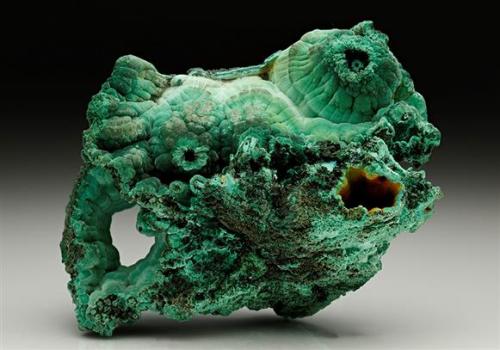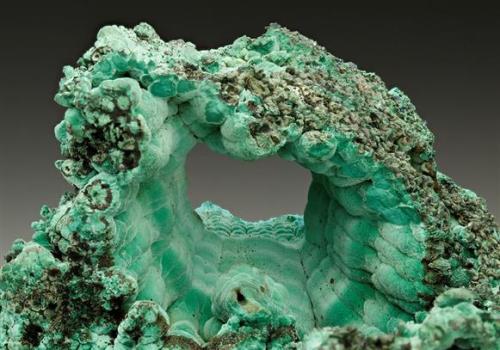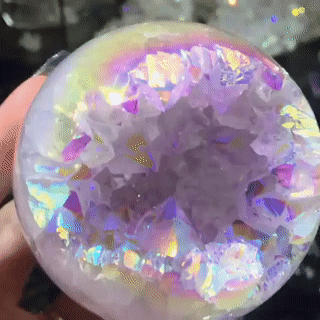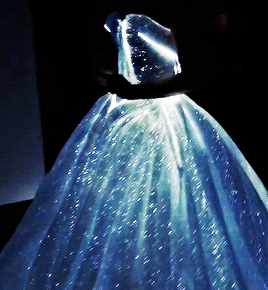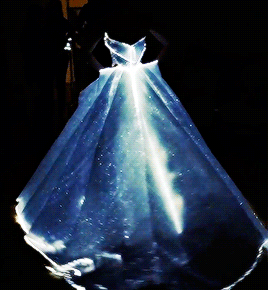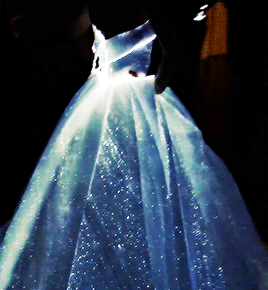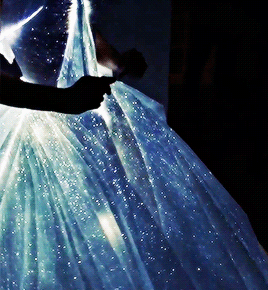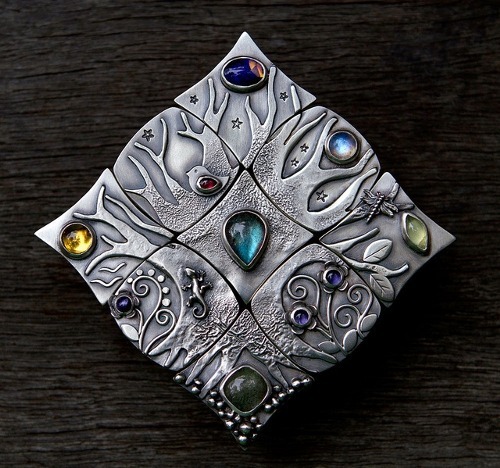208 posts
Latest Posts by othermanymore - Page 6
Today i learned about the spanish moon moth, they're so pretty + look like stained glass windows
ahh youre right, the patterns on the wings are really intricate and striking

theyre not the only ones though ! the other luna moths in the actias genus are also the same pale green/yellow color with gorgeous wing patterns, like the chinese moon moth

the american luna moth

the malaysian moon moth

and the madagascar moon moth, also called the comet moth !

What do angels actually look like per the bible?
Well, according to Ezekiel 1 they might look something like this…
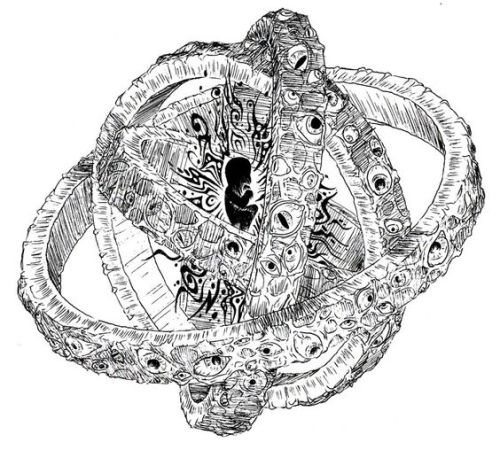
According to Daniel 10 something like this…

According to Isaiah 6…

In Ezekiel 10…
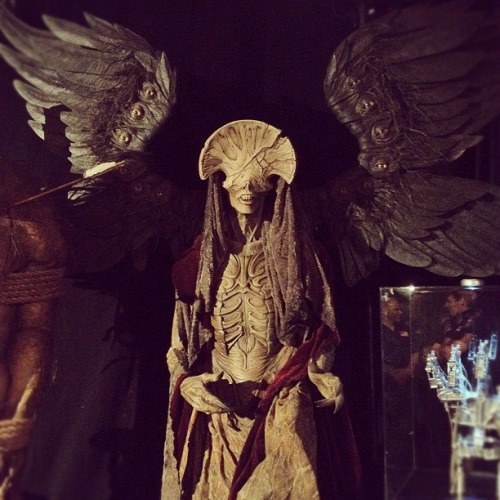
Again in Ezekiel 10…
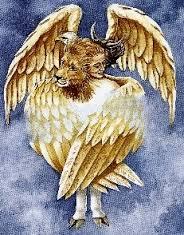
Basically, when the people writing Scripture tried to describe what they saw when they saw an angel… they run into the end of their imagination… they can never quite seem to fully explain it because they had trouble even comprehending what they saw, let alone being able to describe it to someone else.
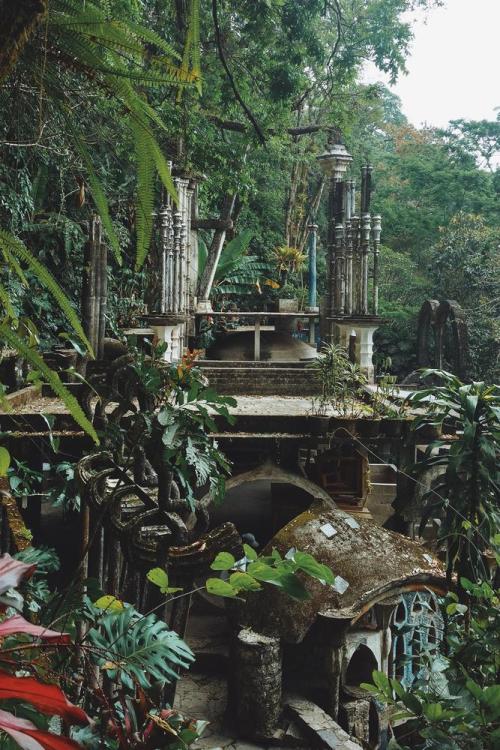
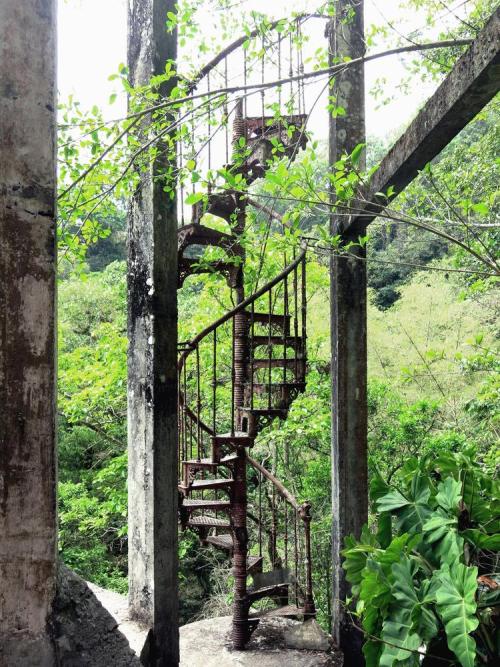







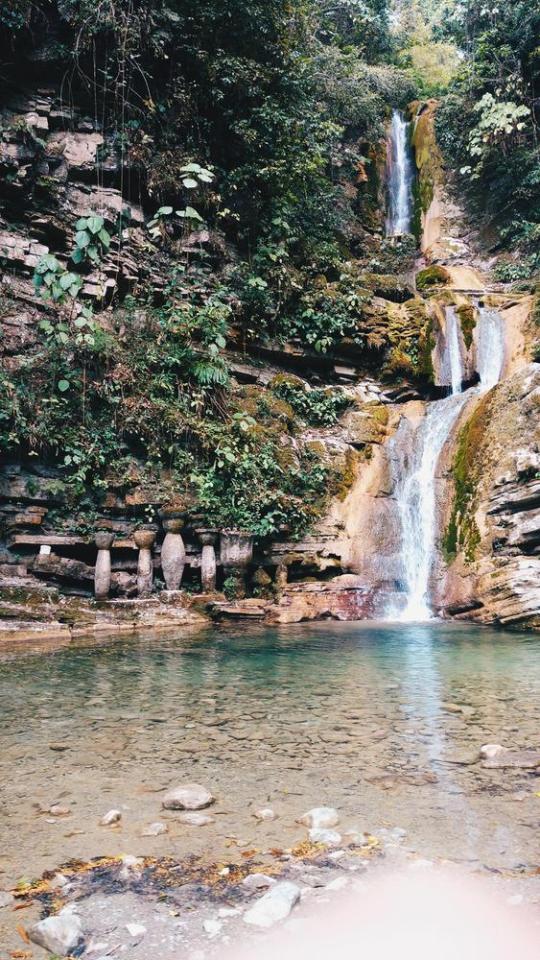
Surrealist Garden Las Pozas in México
“Magic happens at Las Pozas. Just like in work by Salvador Dalí, at Las Pozas art portrays one thing as another, invents a reality put in place of conventional, official, socially acceptable reality. More than painting a picture or sculpting an object, they produced an atmosphere, a privileged place.” ~ Irene Herner
Nestled in the thick jungles of San Luis Potosí, Mexico, Edward James discovered the perfect setting for staging his life’s masterpiece. A surrealist labyrinth unfolds amid waterfalls and ponds—natural and man-made—that prepare the mind for immersion into a dream world. With buildings that evoke nonsense, doors leading nowhere, stairways to the sky and concrete flowers that sprout beside real ones, one man’s dreams are realized and reality is displaced by fantasy.
Images via text via







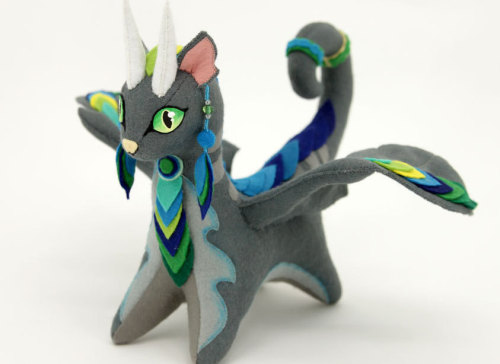
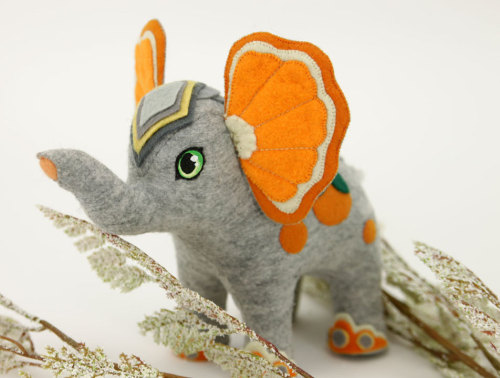
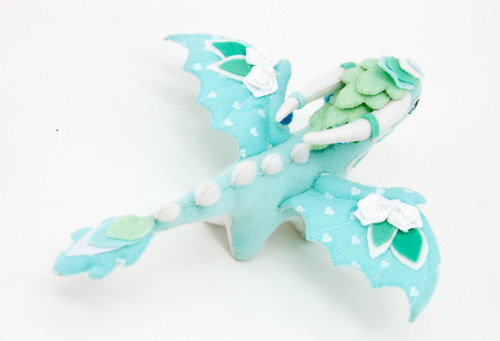
Soft sculpture by UniversesSwirls on Etsy
• So Super Awesome is also on Facebook, Twitter and Pinterest •

A little dragon based on a bismuth geode. I’ll be most likely making a few more dragon-geode pictures soon. I went in without a plan (oh boy the amount of scribbling seen in the time lapse video…) so I’m really pleased with how this turned out.
patreon || dA || twitter || process video


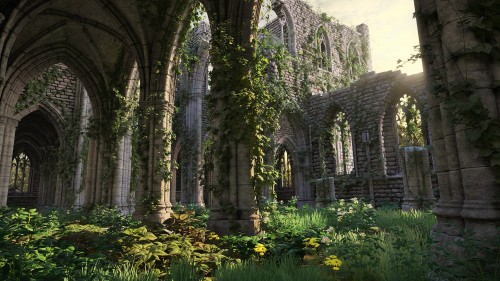
Derelict Gothic Abbey ~ Jorge Carlos Gonzalez
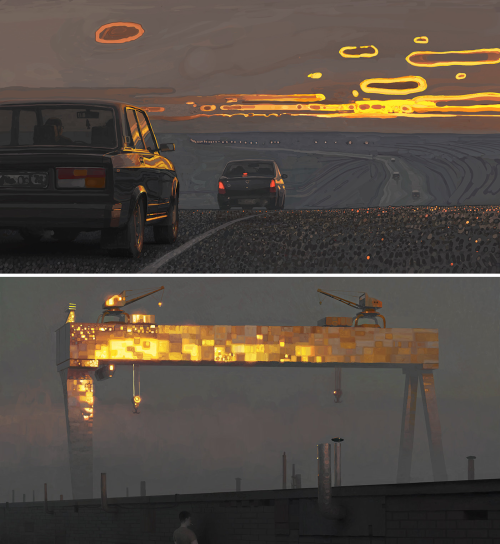
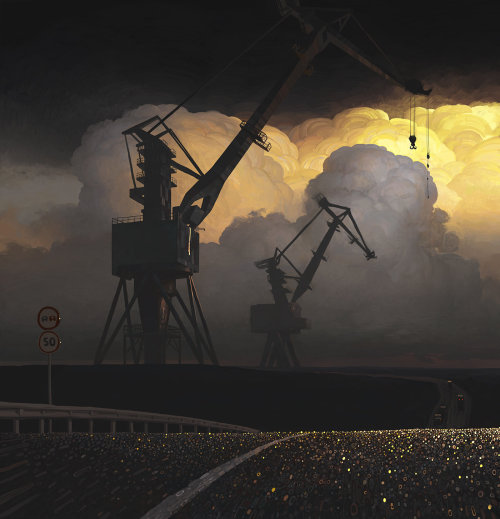
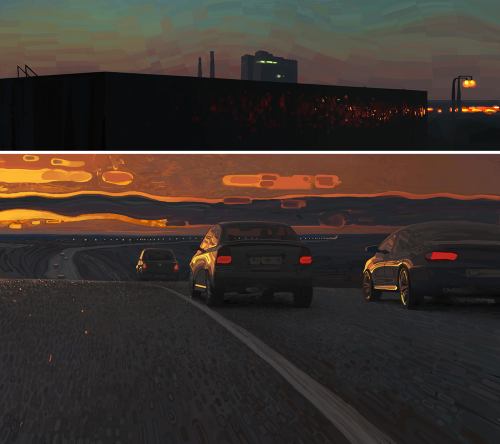
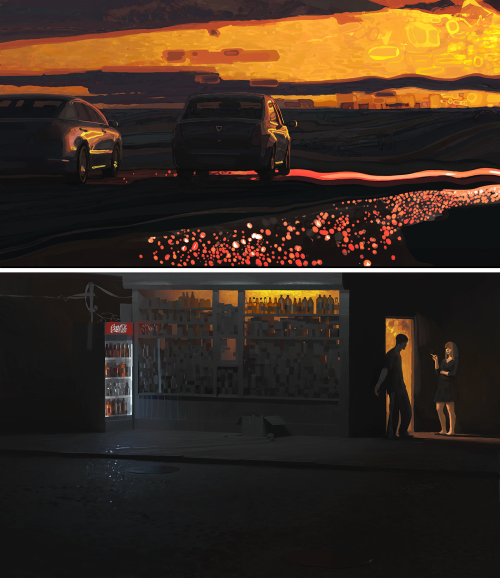
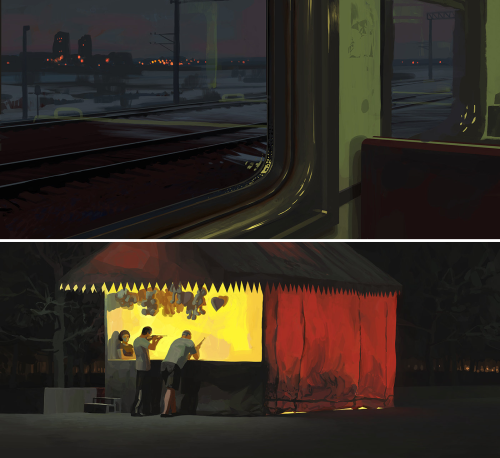
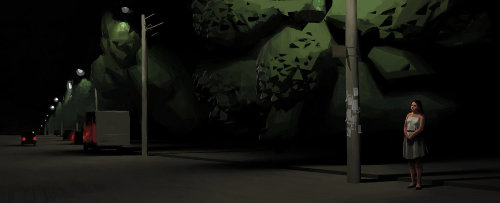
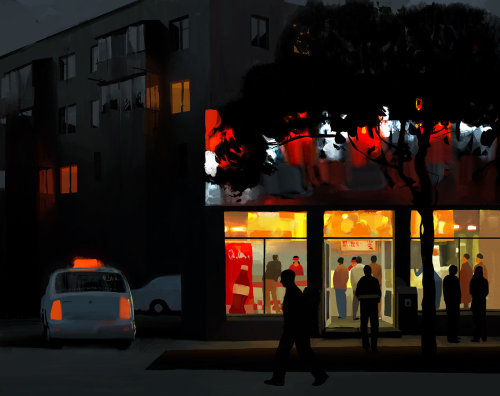

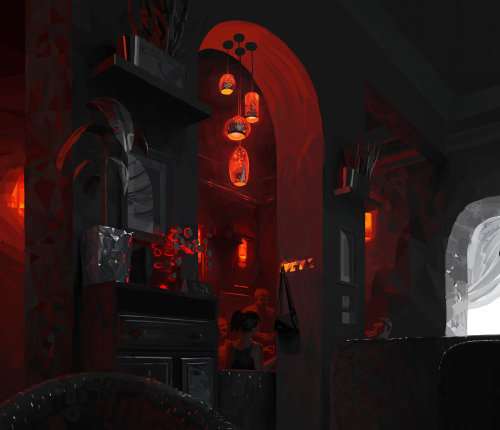
Andrey Surnov evening traffic 1 subway shipyard crane cranes evening traffic 2 evening traffic 3 night shop 1 6:00 AM shooting gallery dark street pizzeria night shop 2 red café
more art by Andrey Surnov

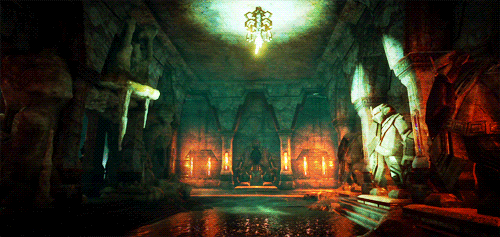
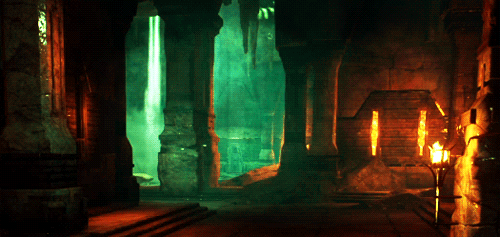

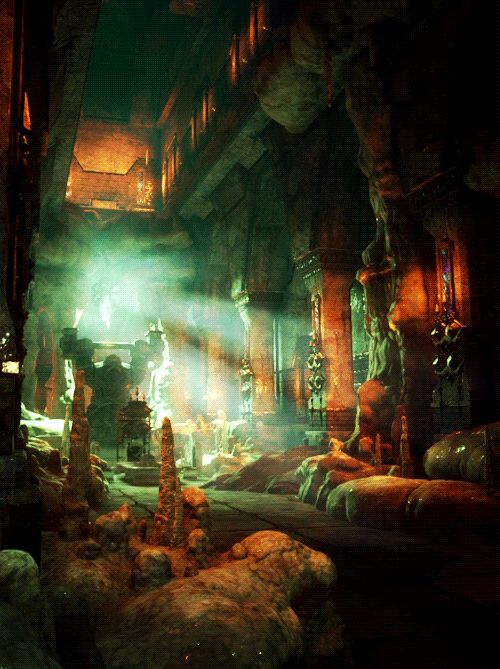
Marvels of Thedas | The Flooded Cave, Crestwood
aka Dragon Age Inquisition is freakin’ gorgeous <3

Bosco Verticale (Vertical Forest) is a pair of residential towers in the Porta Nuova district of Milan, Italy, between Via Gaetano de Castillia and Via Federico Confalonieri near Milano Porta Garibaldi railway station. They have a height of 110 metres (360 ft) and 76 metres (249 ft) and will host more than 900 trees (approximately 550 and 350 trees in the first and second towers respectively) on 8,900 square metres (96,000 sq ft) of terraces. Within the complex is also an 11-story office building; its facade does not host plants.
The towers were designed by Boeri Studio (Stefano Boeri,Gianandrea Barreca and Giovanni La Varra). It also involved input from horticulturalists and botanists. (Source)










Beautiful Nouveau Facades and more from Barcelona by ROC
⠀
All photos by stoptheroc.tumblr.com
Thanks lensblr-network
Shinto 101
Hello! As someone who grew up with Shinto (along with Buddhism and Catholicism) and also currently a miko at my local shrine (of the Konkokyo branch) I figured I would like to give a basic intro to Shinto most online sources (Even books) are misinformed about or lack, or misunderstood in a Western setting. Any other Shintoists/Konkos/etc. that would like to contribute to this guide, please feel free and reblog to your heart’s content! :)

—— What is Shinto? Am I allowed to join? Are non-Japanese people who worship native Japanese gods (*kami) still considered Shinto? Shinto is not really a religion, but a system of Japanese pagan worship of the local nature/worldly deities. Basically just a system to honour the spirits of Japan and the world. People built shrines for these spirits/gods (called kami) and left offerings for blessings. Eventually, shamans began to communicate with the kami and learned more about them, and are recognized as the current kami of today. Presently, Shinto is majority traditional than spiritual in Japan. Many people only go to shrines out of tradition (Festivals/Matsuri, New Years, Weddings, etc) , an excursion, or a “good luck wish” place (Asking to pass an exam, asking for a baby, etc). Many people, even the priests or mikos at some shrines, aren’t even sure the god of that shrine really exists. But that’s not the point. The point is just to continue on tradition and go by feeling and energies of that place. Indeed, shrines are also good for the soul to visit.

However many spiritual people inside and outside of Japan still exist. These are shamans and people who can hear and feel the gods and act as their caretakers and devotees. YOU ARE ALLOWED TO BE SHINTO! ANYONE IS! :) Even if you don’t have a drop of Japanese blood in you or you’ve never even been to Japan!!!!

(Rev. Koichi Barrish, of Tsubaki America Jinja and visitors) I cannot stress this enough!!!!! Many materials on Shinto are ruined by the Western understanding of Shinto from World War II era, namely Kokka Shinto. This Shinto was Japanese propaganda to exclude foreigners. PLEASE understand, this is not true Shinto Shinto is simply the worship/reverement and appreciation of nature and/or the kami of Japan and giving them an altar/shrine and (optional) offerings. Even if you just feel close to a kami and adore them, or just feel the vibrations of nature and adore nature, you are already (or can be considered) a Shintoist! It’s as simple as that :) Many people are Shinto without realizing it.

Are only men allowed to be priests? What are miko? Men and women are allowed to be priests/priestess. They can also get married and have children! Their role is to command the rituals and maintenance of the shrine. It gets a little more complicated though.

Every shrine has a head priest. Their role is to set service dates, give special services, process requests and paperwork, prepare offerings, and overall caretake for the kami and shrine. Then, there’s associate priests who assist with these duties, and also with administrative work, such as treasurer or secretary. Sometimes in smaller shrines, these are left to a certain group of trusted laypeople to work as volunteers. After that, there’s the miko (me!). In olden days, these were women who ranked higher than the priest and could channel the gods and either be possessed (kamigakari) by, or be the mediator between god and man and deliver oracles.

I do those things now; but many miko do not. The role of a miko in modern times is simply to help clean up the inside/outside of the shrine, help serve naorai lunch and tea (lunch made from offerings), perform Kagura/Kibimai/Miko Mai sacred shrine dance offering (what I do), or sometimes even play the instruments in dance like koto or flute. (what my friends do). They also watch over omamori and ofuda that are for sale, or assist with events.

Also, as a side note, one thing Western writers write that bothers me: Virginial miko. Mikos are NOT required to be virgins, and never have. Ame-no-Uzume is the patron deity of all miko, as her dance is the origin of Kagura among other things. Ame-no-Uzume is also the goddess of revelry and sensuality, including sex. Sex is seen as a divine act and also enables one’s spiritual senses to heighten. A miko that has to be a virgin doesn’t make sense. In the end, it doesn’t matter! Mikos were virgins, some weren’t. In fact some are even married with children. (There’s no age limit either) What matters is their heart is devoted to the kami of their shrine, and has sincere intentions to caretake for that kami. How many kami are there? What exactly is a kami? Why are there shrines to kami? There is an infinite number of kami, for every little thing in the world, even man-made things. Even including yourself and your body, you are a part of kami. Some kami are more powerful in nature (have more energy) than other kami, simply because they are more ancient, a spirit of a powerful physical thing (like Amaterasu and the sun) or they receive a lot of devotion and prayer (and thus, strength and support).

A kami is not necessarily a god/deity, though commonly kami = god/deity. However, kami also can mean the spirit of a thing, or the energy surrounding a place, like the kami of a tree, is a spirit of a tree, and the kami of the sun, is the goddess of the sun Amaterasu. Kami is a complex word, but in essence the best way to understand it is the context in which it’s referred to. “The kami of the tree seems happy” - the spirit of the tree is happy “The kami of the sun is shining brightly” - the goddess of the sun is shining brightly “Kami are everywhere” - the gods/spirits are everywhere

Now, there’s titles to add onto the word “kami” - O-Kami, means “Great God” usually reserved for only powerful gods like Amaterasu-Omikami (greatest goddess) or Sarutahiko-no-Okami (Great god Sarutahiko). There’s also Kami-sama, which can either refer to a general deity, or, in my case, to Tenchi Kane no Kami, the deity that is the spirit of the universe itself. Thus, this Kami encompasses all the other kami as part of it. So it’s Kami-sama! We have shrines for kami not because they really “enshrine” in the sense the kami is cooped up in their shrine and cannot leave lol. But they act as “power spots”. In the sense the kami’s essence is felt very powerful at shrines. And/or, the kami’s spirit can travel or be split to reside in the area of these shrines. Essentially, shrines are like wi-fi hotspots, the place where you’ll feel the most connection to the kami enshrined there. Home shrines/altars work the same way. The kami’s presence will be there. Usually this is done through the power of ofuda (tablets which contain the kami’s essence or have the kami’s name which draws them towards it)

(torii - that big red gate, acts as a symbol to a more spiritual area) Do ofuda/omamori or other shrine paraphernalia really “expire”? This is a bit controversial, so bear with me, and it’s a little secret information from a miko. They do not lose their power with time. However, they are good to keep buying to support the shrine. The reason however shrines say to burn and renew them each year is not for only donations. Over time, the power does not lessen, but grows more powerful. If the owner is a layperson than does not know how to purify or bless, this ofuda/omamori can absorb other energies, and often can become a Tsukumogami (a youkai/spirit of an object) and loses the essence of the kami you want to worship. Therefore, you should only keep using an old ofuda/omamori if you yearly purify/bless it with the essence of it’s original kami. (I will explain in another post) If not, please just buy new ones! ;w;

How do I begin practicing Shinto or worshipping a kami? What do I need to do? Any special ritual? Do I need to go to a shrine? Alll you need to do is feel connected to a kami, and you practice Shinto. There is no special ritual like Baptism or Buddhist vows, (well, there’s a variation, but its absolutely not a requirement). And you do not even need to a visit a shrine in your life to be Shinto. All you need to do really is go outside and appreciate the beauty of nature. Not even that, just appreciate all you have in your home and all of your blessings. Focus on the good and positive, realize the nature of the universe, and that is practicing Shinto. If you want to get more into it, please build or set up an altar (there are home shrines called Kamidana you can buy, but they are not necessary) And use an ofuda to attract the essence of the kami. Or even just a paper with their name, or their image. At the altar, you can leave offerings or not, but common offerings are rice, salt, water, and sake. You can leave whatever you like though, as long as you offer it with sincerity (I will go more into it on a future post)

Shrines are scarce outside of Japan, but there are a surprising number. The famous one in America is Tsubaki Jinja in Washington. Let me list a few
Tsubaki Jinja, in Granite Falls, Washington
Ki-no-Mori Jinja, in Salt Spring Island, British Columbia, Canada
Shrine to Amaterasu-Omikami on Shambhala mountain center in remote Northen Colorado
Small Inari shrine in Brooklyn Botanic Garden, New York (the National Shinto association is in New York as well)
There are also a handful of shrines in Hawaii! Taken from wiki ”
Daijingu Temple of Hawaii
Hawaii Ishizuchi Jinja
Hawaii Kotohira Jinsha - Hawaii Dazaifu Tenmangu
Hilo Daijingu
Izumo Taishakyo Mission of Hawaii
Māʻalaea Ebisu Jinsha
Maui Jinsha Mission”
There are also many Konko shrines/churches (the branch I belong) all across North America, you will find a complete list here (Spans from East to West coast, across US, Canada, Hawaii, Brazil, and Korea) www.konkofaith.org* *Note of respect: While Konkokyo has origins in and worship style of Shinto, which may be good for you in terms of spirit and comfort, it is also it’s own religion. If you visit a Konko building, please be respectful and do not assert it’s a Shinto shrine! Please have an open heart and mind :) If you live in Europe, there’s a hokora (shrine foundation/worship hall) in the Netherlands, in Amsterdam. Konkokyo also has yearly London gatherings/services.

Hopefully this guide could help you be acquainted with Shintoism outside of Japan! If you have more questions, please feel free to ask me! There are also many great Shintoists already here on tumblr you can ask :)
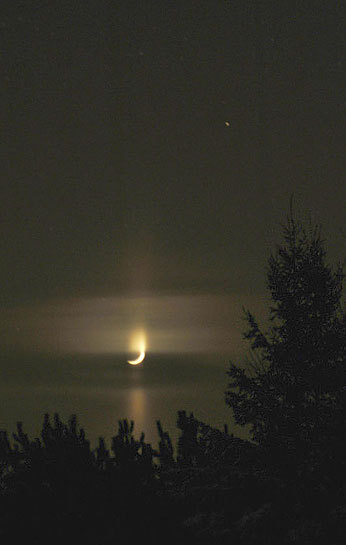

Moon pillars are a type of light pillar. Moon pillars occur when the Moon is low enough in the sky to be close to the horizon. The ice crystals involved are generally flat or columnated, allowing a vertical beam of light to reflect above and below the Moon in a straight line. (Source)
When I was beginning to discover languages, I had a romanticized view of words like “speak” and “fluency”. But then I realized that you can be nominally fluent in a language and still struggle to understand parts of it. English is my first language, but what I really spoke was a hybrid of teenage slang and Manhattan-ese. When I listen to my father, a lawyer, talk to other lawyers, his words sound as foreign to me as Finnish. I certainly couldn’t read Shakespeare without a dictionary, and I’d be equally helpless in a room with Jamaicans or Cajuns. Yet all of us “speak English.” My linguistics teacher, a native of Poland, speaks better English than I do and seems right at home peppering his speech with terms like “epenthetic schwa” and “voiceless alveolar stops”. Yet the other day, it came up that he’d never heard the word “tethered”. Does that mean he doesn’t “speak” English? If the standard of speaking a language is to know every word — to feel equally at home debating nuclear fission and classical music — then hardly anyone is fluent in their own native tongues.
Tim Doner (
x
(via laurencombeferre)
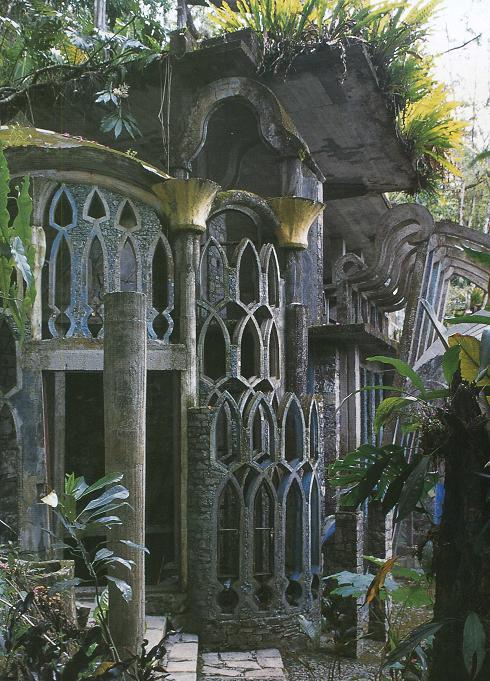
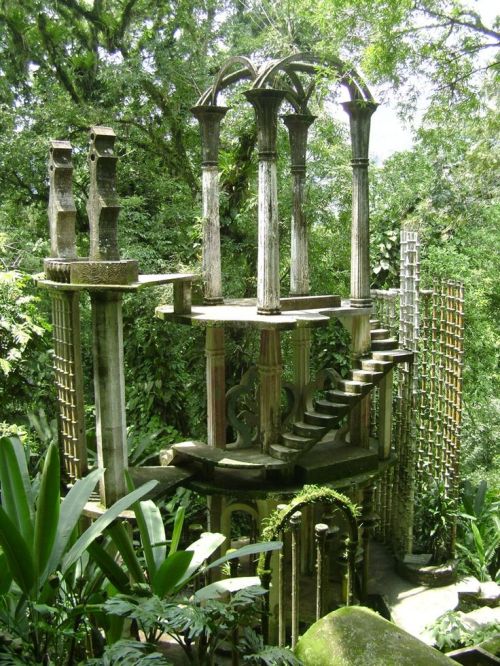
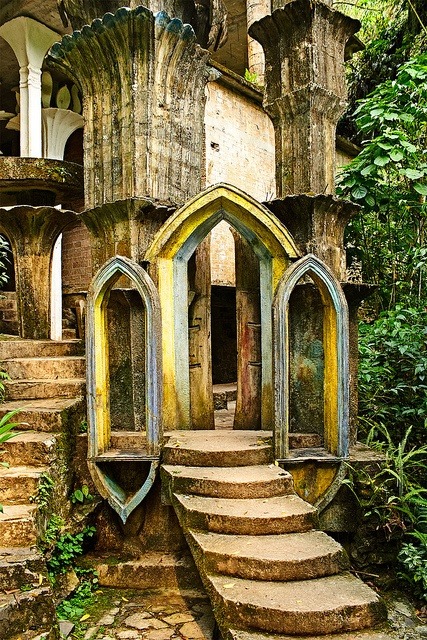
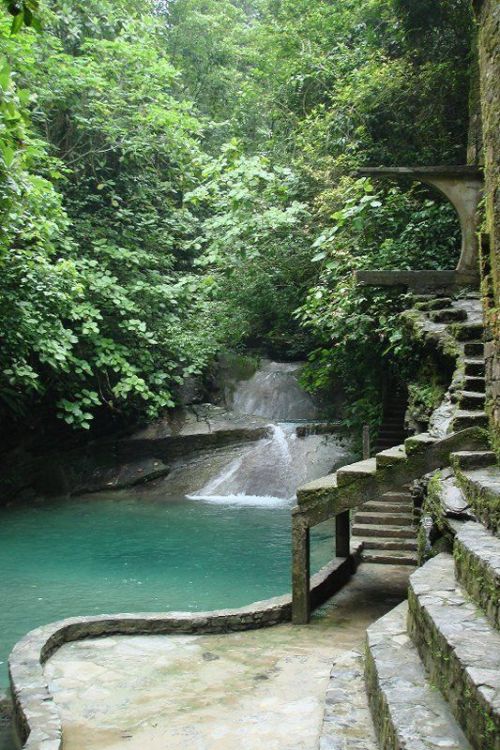


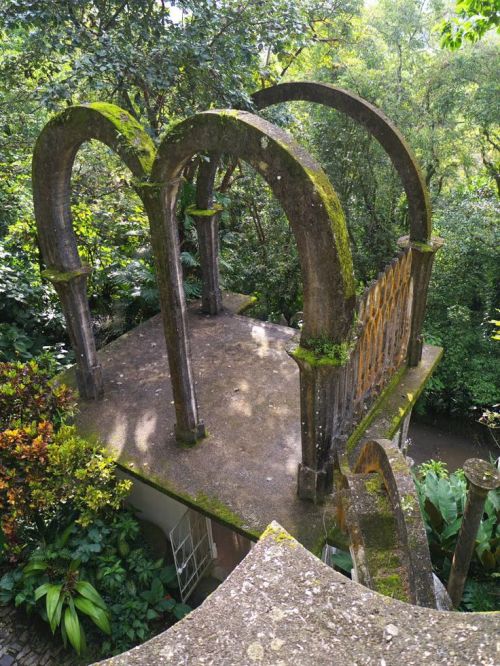
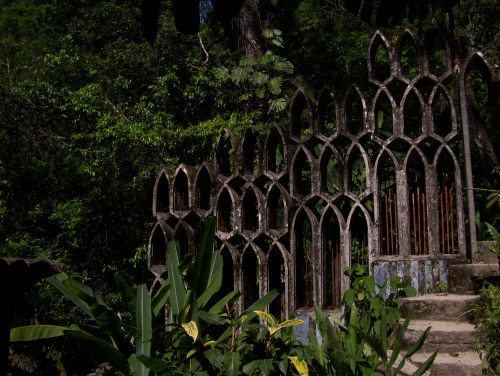
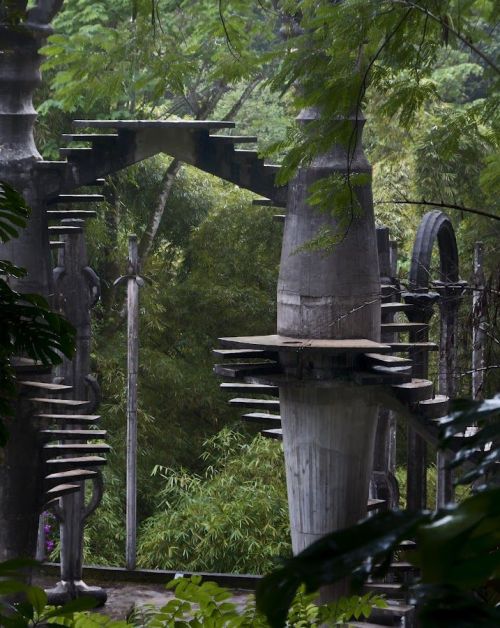
Amazingly surreal Las Pozas in the rainforest by Xilitla in the Mexico mountains. Created by Edward James in the 40′s, it includes more than 80 acres of natural waterfalls and pools interlaced with towering surrealist sculptures and buildings. The many trails throughout the garden site are composed of steps, ramps, bridges and narrow, winding walkways that traverse the valley walls. It was supposed to be a “Garden of Eden” containing a huge variety of plants and animals.
I'm pretty new here, and I don't actually know much about dinosaurs (just followed this blog because it seemed really cool and interesting) so could you explain what shrink-wrapped means?
Of course! See, modern animals have a lot of muscles, fat, fluff, etc, and end up looking very little like their actual skeleton. For example, look at how much fluff owls have:

(Source)
However, lots of palaeoartists completely ignore this! They basically stretch skin over the bones and call it a day. One especially bad example that was featured on @palaeofail is this poor pterosaur:

It barely has room for its digestive system. It’s definitely missing the air sac system that allows it to breathe. It’s got virtually no muscles on the arms - how does it fly?? - on the head (no wonder its mouth is open. It has no jaw muscles to close it!), on the torso (it needs to flap), or on the legs (walking) It doesn’t have any fat at all, so it’s definitely starving (maybe because it can’t fly or close its moth?). The skin is much too thin; you can see all of the bones and its wing membranes should be much, much thicker. And it’s missing the hair-like pycnofibres that should be covering its body!
Many palaeoartists have started to strike back at this by drawing modern animals like we might draw them if we found their bones:

(Source)
[House cat]


(Source)


The Fukang Meteorite
The Fukang meteorite, believed to be some 4.5 billion years old, which is as ancient as Earth itself, was unearthed near a town of the same name in China, in 2000. It is a pallasite, a type of meteorite with translucent golden crystals of a mineral called olivine embedded in a silvery honeycomb of nickel-iron. It’s a gorgeous meteorite, and possibly the most stunning extraterrestrial piece of rock man has ever seen.
The Fukang meteorite was found by a hiker. The man had often stopped and had lunch on this giant rock, and he always wondered what the metal and crystals were. He finally took a hammer and chisel and broke some pieces off, which he sent to the USA to confirm that it was a meteorite.
The original meteorite weighted just over a thousand kilogram, but the rock was so brilliant that everybody wanted a piece of it. Since then it has been divided into dozens of thin slices and auctioned or distributed around the world. (Source)





